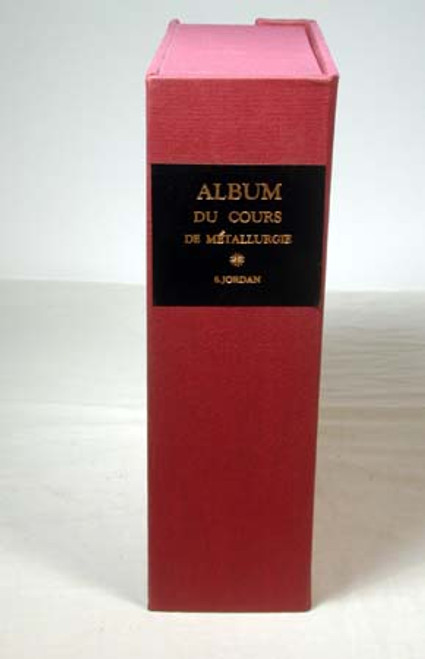Product Description
Charles-Louis-Fleury Panckoucke (1780-1844) was a French writer, printer, editor and landscape artist. He travelled extensively observing and drawing landscapes. Panckoucke visited the Hebrides islands in western Scotland prior to 1831, stopping at Staffa to see the noted Fingal’s Cave. He made drawings focusing on the columnar basalt features of the region during his visit, and on his return he published the beautiful work "L’Ile de Staffa et sa grotto basaltique". This is a tall thin folio, in which 11 of his drawings were reproduced. He also included as a frontispiece a folding map of the Inner Hebrides. The aquatint process had come into use in about 1810 and was used for producing the plates. It involves covering a copper plate with a rosin powder and then heating the plate, so that the rosin dries, shrinks and cracks. The plate is now etched (immersed in acid), and the resulting very fine network of lines will produce tone, which can be varied from light to dark by stopping out various areas of the plate. Aquatints were most often employed for landscape views such as these. Under magnification, the characteristic reticulated signature of the aquatint becomes visible.














